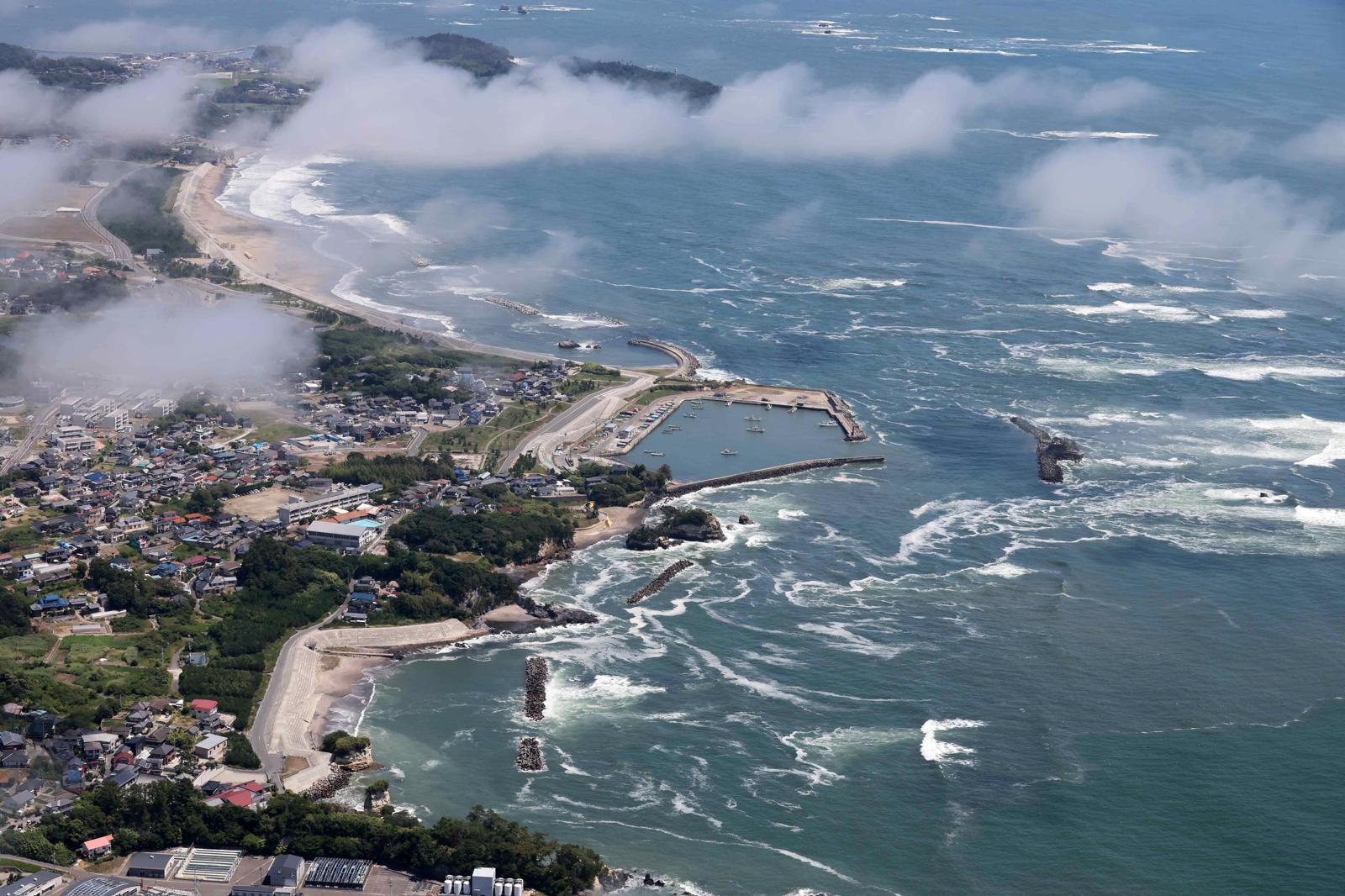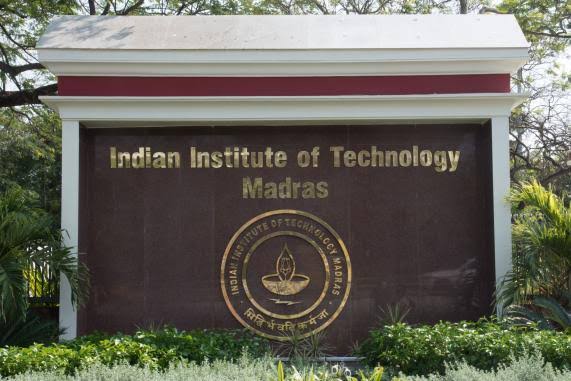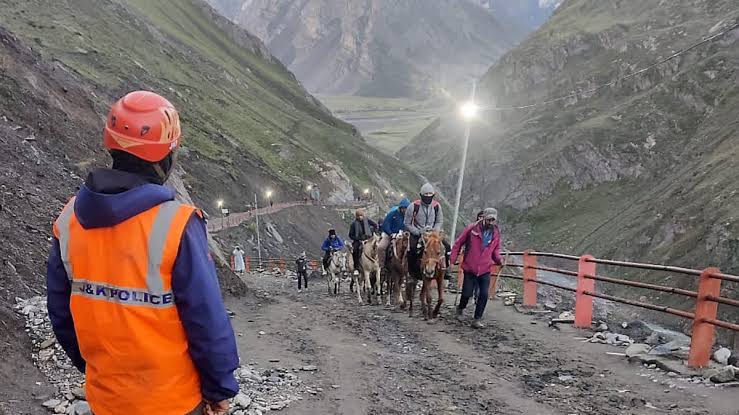 Image Source: The Independent
Image Source: The Independent
Key Developments from the Pacific
A monumental 8.8 magnitude earthquake struck Russia's far eastern Kamchatka Peninsula on Wednesday, July 30th, sending tremors through the Pacific and triggering tsunami warnings as far as Hawaii, California, Japan, and beyond. Although waves did reach Hawaii, swift and coordinated response ensured public safety, and the islands remained calm throughout the event.
Hawaii’s Rapid Response: Safety First, Vibes Intact
Tsunami warning sirens sounded across Hawaii, particularly on Oahu and the Big Island, prompting immediate evacuations in exposed coastal and low-lying districts.
Emergency officials issued clear instructions to residents and visitors to move to higher ground, with Oahu’s mayor emphasizing, “If you are in a low-lying area, ensure your safety and evacuate.”
Honolulu and Maui airports suspended incoming and outgoing flights, and all commercial harbors on major islands were closed temporarily to brace for possible wave action.
Coastal roads quickly filled as locals and tourists followed evacuation protocols, yet reports describe orderly conduct and a “business as usual” atmosphere in designated safe zones.
What Prompted the Alert: The Russia Quake
The massive earthquake struck off Kamchatka at a shallow depth of 18 kilometers, centering about 126 kilometers from Petropavlovsk-Kamchatsky.
Kamchatka bore the brunt, with 13-16 foot waves recorded, causing flooding, property damage, and at least minor injuries. Local officials described it as the strongest quake in decades.
Japan, Alaska, and US West Coast regions were also placed under tsunami warnings or advisories. Evacuations were widespread along exposed shorelines.
Key Highlights from the Tsunami Watch
In Hawaii, wave heights approaching six feet were reported off exposed coasts. Most waves stayed under predicted maxima, remaining well below thresholds experienced in the devastating 2011 Japan event.
Tsunami waves also arrived along the California and Alaska coastlines, though much-reduced in size—Alaska saw waves under two feet, while some California sites noted areas of localized surge.
Local authorities repeatedly stressed that tsunamis are not like wind-driven surf: tsunami waves are powerful walls of water moving the entire water column, meaning flooding risk persists even if the initial wave seems moderate.
Hawaii Governor Josh Green declared, “We’re not yet in the clear,” advising the public to remain away from shorelines and heed official instructions until the all-clear was officially sounded.
When Fear Met Resilience: Hawaii’s Community Spirit
Despite the tension and hours of vigilance, Hawaii saw no major injuries or destruction, testament to its rigorous preparedness drills and tsunami awareness campaigns.
Community centers, high ground hotels, and urban parks became impromptu gathering points, many people making the best of the wait with music, food, and sharing stories.
On social media, residents shared footage of orderly lines, emergency briefings, and even spontaneous ukulele performances, embodying Hawaii’s famed aloha spirit in the face of potential disaster.
Authorities Update and Tsunami Status
By Wednesday morning local time, authorities reassessed the situation as incoming wave heights did not reach highly destructive levels.
Tsunami warnings for most of Hawaii were downgraded to advisories, with evacuation orders lifted on Oahu and the Big Island, though precautions remained for some lower-lying coastal spots.
The US West Coast and Japan also lowered alerts after initial waves proved smaller than feared but continued to warn residents to expect possible further surges and practice caution at the shore.
The Hawaii Emergency Management Agency, US National Weather Service, and Pacific Tsunami Warning Center said some effects might linger through the day, as tsunamis involve a series of waves—not a single event—and residual currents remain dangerous.
Looking Forward: Lessons and Gratitude
The event underscored the value of Hawaii’s early warning systems, public drills, and community engagement.
Officials credited public cooperation and rapid communication with preventing injury and chaos, turning a potentially catastrophic event into a case study in calm resilience and readiness.
After the waves, Hawaii’s iconic spirit and community bond shine as bright as ever, reminding the world that even amid uncertainty, the islands keep their spirits— and the vibes—high.
Sources: NBC News, BBC News, The Independent.
Advertisement
Advertisement







